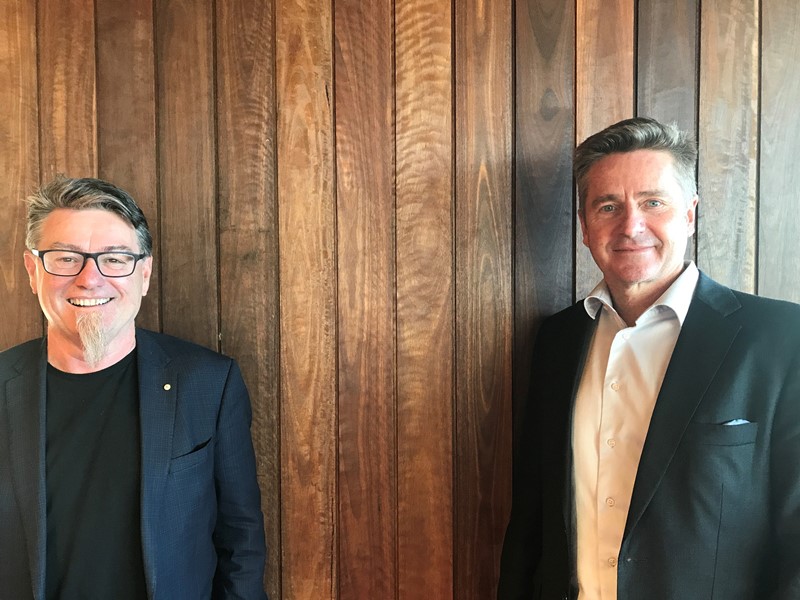News
3D printing bone tissue
Jun 28 2022
A team including researchers from the ARC Centre of Excellence for Electromaterials Science (ACES) has been awarded close to $1 Million in funding to fight corneal blindness.

The ACES team based at the University of Wollongong, in conjunction with researchers from the University of Sydney, Queensland University of Technology and the University of Melbourne, received the funding in the latest round of grants from the Federal Government’s Medical Research Future Fund (MRFF).
The funding will be used to generate a suite of biomaterial-based treatments to treat corneal injuries and disease. This work will include opportunities for early intervention using novel bioink printing through to bioengineered partial or full thickness corneas.
The ACES team will lead the development of 3D bioprinting technologies, including printer manufacturing and bioinks. TRICEP – UOW’s Translational Research Initiative for Cellular Engineering and Printing – will provide industry certified facilities and manufacturing equipment that enables commercialisation opportunities in 3D bioprinting to be identified and realised.
ACES Director and Chief Investigator on the project, Professor Gordon Wallace said this funding would be a boost to the team’s emerging activities in this area.
“We are thrilled to be a part of this exciting project, which brings together a multidisciplinary group of clinical, scientific and governance experts, to translate a suite of treatments using bioengineered tissue,” Prof Wallace said.
“Our world-leading research infrastructure at TRICEP will be critical in taking bioengineering concepts through to prototyping, and leading the manufacture of hardware and formulation of customised bioinks, as well as accelerating product development and rapidly decreasing time to market.
“We’re ready to continue to build our local capabilities in the commercial manufacture of bioprinting technologies as we work towards revolutionary new systems to treat corneal blindness and injuries.”
Corneal blindness and injury is a significant global challenge, representing the third most common cause of blindness affecting approximately 6.2 million people worldwide. Corneal transplantation remains the current standard of treatment for these conditions, however there are a number of limitations including a substantial lack of tissue (one cornea available for every 70 patients worldwide), and the risk of corneal rejection, which can result in permanent blindness. Bioengineered corneas can address these critical issues of tissue availability and tissue rejection.
Sydney University and NSW Eye Bank Ophthalmic Surgeon prof Gerard Sutton said the need for a bioengineered cornea is significant and will impact blindness in places in the world that need it most.
“Replacing the reliance on donor tissue with bioengineered tissue will transform how treatment for corneal blindness is delivered in clinics, and will position Australia as the leading force in bioengineered corneal tissue, creating research, manufacturing, employment, education and training opportunities.
“The success of the program will help millions of patients both nationally and globally to restore vision, improving their quality of life and reducing the social and economic burden associated with blindness.”
** TRICEP is a 100 per cent owned initiative of the University of Wollongong (UOW), drawing on both the expertise and facilities available within the ARC Centre of Excellence for Electromaterials Science (ACES) and the Australian National Fabrication Facility (ANFF) Materials Node.













